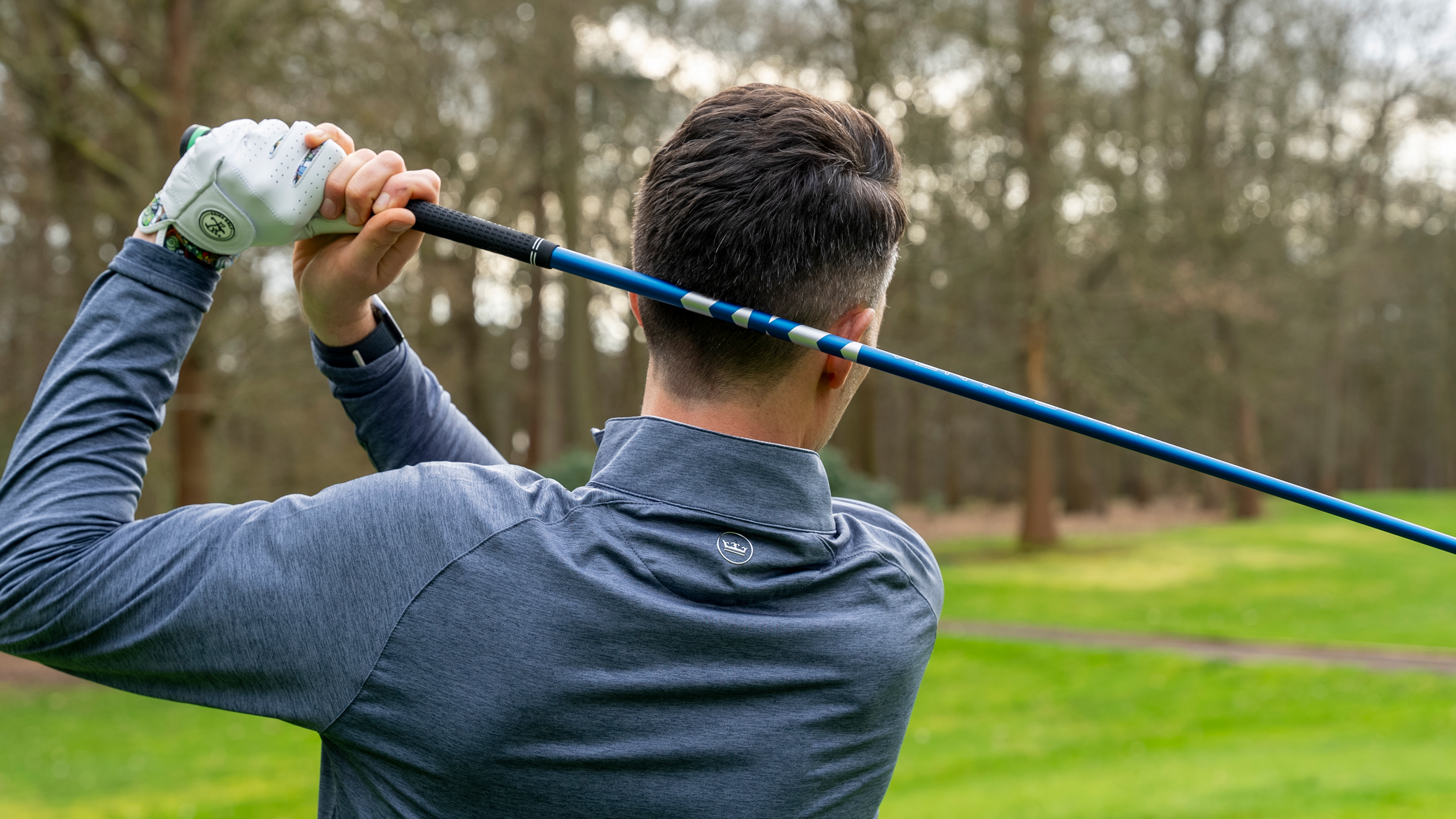What Is Kick Point In A Golf Shaft?
It's a term used a lot in club fittings and is the name of the new Golf Monthly podcast, but what is exactly is kick point? We explain all...

Joe Ferguson

You'll hear the phrase kick point a lot more over the next weeks and months as it is the name of the new Golf Monthly gear podcast, featuring gear expert Joe Ferguson and Dan Parker. But what is exactly does it mean?
The kick point of a club is directly linked to the shaft – to simplify, it is the point of the shaft that bends the most during the golf swing. Kick points are typically separated into three categories for simplicity – high, low or mid.
WHAT IS THE DIFFERENCE IN LOW AND HIGH KICK POINTS?
The lower the kick point of a shaft, the higher the launch angle of the ball off the clubface. Vice versa - the higher the kick point, the lower the launch angle.
When the kick point of a shaft is low, it means there will be more whip or bend in the shaft closer to the club head – this manipulates the angle at which the face makes contact with the ball more, meaning a higher launch angle due to more dynamic loft being presented to the ball.
If a kick point is high, it means the shaft deforms less and there is less of an increase in the dynamic loft presented to the ball at impact, resulting in a lower launch angle versus a shaft with a lower kick point.

WHAT IS LAUNCH ANGLE?
Launch angle is the angle at which the ball takes flight after contact with the club face. This is influenced by a number of different factors including club head speed, angle of attack, shaft kick point, the loft of the golf club you are using and the dynamic loft you present to the ball.
If playing a long par 5 downwind, a player will want a higher launch angle to take advantage of the wind in the hope of gaining an extra few yards. If playing hitting a tee shot into the wind however, a player will likely want a lower launch angle to combat the headwind. This will prevent the ball ballooning up into the wind and losing precious yardage as a result.
Subscribe to the Golf Monthly newsletter to stay up to date with all the latest tour news, equipment news, reviews, head-to-heads and buyer’s guides from our team of experienced experts.
HOW DO I KNOW WHAT KICK POINT TO USE?
Lower kick point shafts would therefore tend to benefit those with slower swing speeds, or those who struggle to get the ball into the air. For example, players with less club head speed, like senior players or even a young child learning to play the game. The lower kick point allows these players to still get the ball airborne by allowing the shaft to bend more for more launch and potentially more speed.
If Bryson DeChambeau, with his 185mph+ ball speed, was to use a shaft with a lower kick it would likely lead to the ball launching and flying too high, resulting in a reduction of carry and total distance off the tee.
If you think of Bryson’s swing, he wants to have a high kick point so he can create a lower launch angle to provide the optimum launch conditions that maximise distance.
This is because players like DeChambeau and those with higher club head speeds typically don’t need help getting the ball up into the air – they just need consistency with the club face at impact and a lower launch angle, hence why they have the kick point higher up in the shaft.
A mid kick point is a happy medium for skilled golfers whose club head speed isn’t quite at the level of the average PGA pro or low handicapper. A medium kick point will mean the ball will have a medium trajectory through the air.
With the kick point, golfers are looking for a sweet spot between being able to get the golf ball airborne but without ballooning it into the air and both losing distance and control – especially if playing in windy conditions.
HOW DOES KICK POINT AFFECT MY DRIVER?
It’s crucial to match your shaft’s kick point to the head of your driver. For example, if you have a low or higher spin driver, you’ll need your driver head to match your shaft and the kick point for optimum results. It is therefore important to get custom fitted for your clubs to get the right set up for your game. This will add an extra monetary cost to your golf game but trust us, it’s worth it in the long run.

Conor joined Golf Monthly in late 2024 after graduating with a Masters degree in Sports Journalism from St Marys University and heads up reviews for rangefinders and golf watches. Conor is lucky to have Royal County Down as his home golf course, beginning to play the game at the age of four and later becoming a caddy at RCD at just eleven years old and doing so for over 12 ears. Playing to a 5 handicap, you’ll likely find him on the range trying (and failing) to hit a Shane Lowry-esque stinger that helped him win The Open Championship at Royal Portrush.
In the bag:
Driver: Ping G40 Max 10K
3 wood: Callaway Epic
Hybrid: Ping G425
Irons: Mizuno JPX 900 Tour
Wedges: Taylormade Milled Grind 52,56,60
Putter: Scotty Cameron Phantom x9.5
- Joe FergusonStaff Writer